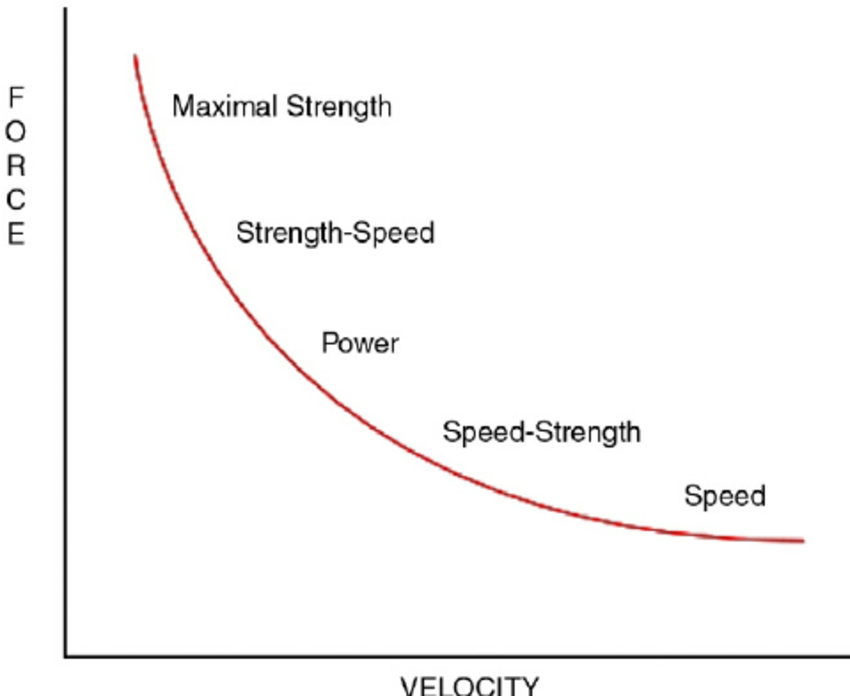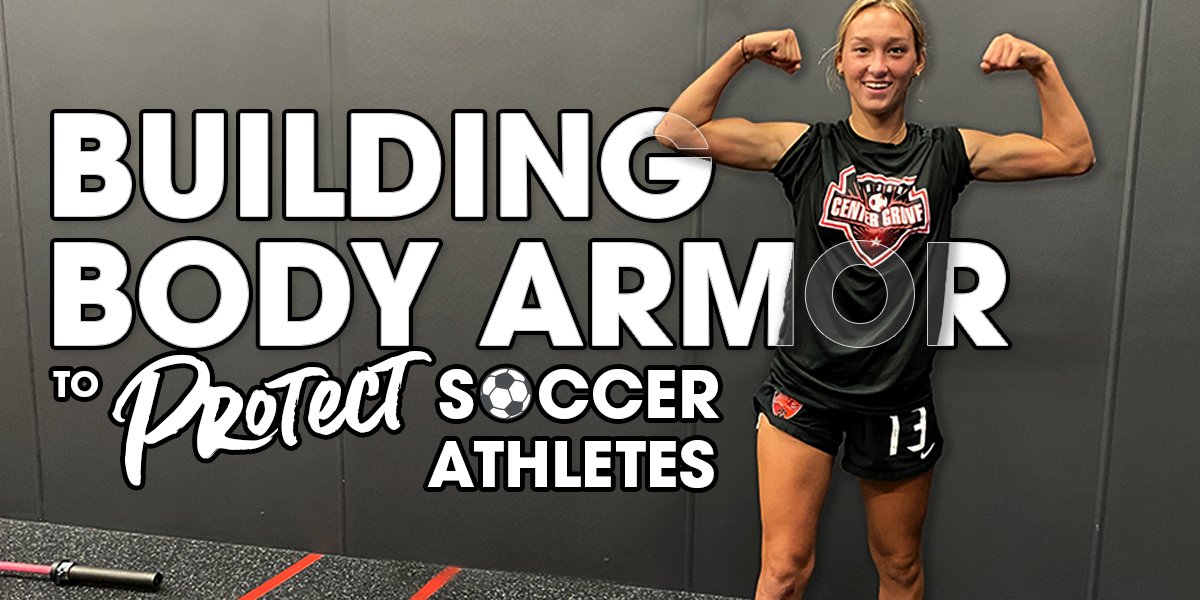Power Up ⚡: A Parent’s Guide to Training Power
Speed kills. Explosiveness on the pitch. Power in the paint. Exit velocity.
If you’re a parent of an athlete, you’ve probably heard those things a lot. What’s the secret? Obtaining better velocity is not just mastering the skill, but also the strength that the athlete can put into the movement. And the secret to speed it not quick feet… but rather the force the athlete can put into the ground.
If you’re wanting to improve these aspects of performance, it’s time to Power Up ⚡. This will help you make informed decisions about who to trust with your athlete’s training.
What is Power?
Power = Force x Velocity
In real life, this is when a batter hits the ball with strength (force) at a certain directional speed (velocity). The same concept applies to any throwing athlete… or an athlete that needs to propel their body or an object with force and speed.
There’s two catches.
You need to increase your overall strength before you can build more power.
Think about it like this… a larger battery is able to hold a longer charge and produce more power. You want to build up your strength so that you be a larger power source.
Young pitcher Lily Cash (13 C/O 2026) is learning how to extend, move weight, build strength, and transfer this capacity into her sport.
You also need to be well into or finished with puberty for power training to be effective.
Until then, the focus is on…
Learning extension, movement, and technique
Improving strength (relatively, as puberty also factors in here)
Improving speed (through better mechanics and practice)
Improving proprioception (coordination) through agility practice (or multiple sports)
Building up body armor and the ability to absorb force (to reduce the chance of injury)
Most gains during youth come from simply growing, but focusing on learning and exploring movement through strength training gives athletes a head start.
Strength training at the middle school level is a performance hack. Athletes entering puberty will hit the ground running (😉) because they already know how to move!
|
|
Tweet this → |
Improving Strength
There are different ways to go about improving overall strength, and resistance training with a properly periodized program is an effective, evidence-based way to go about it. Set and rep schemes as well as movements, implements, and loads can vary based on overall age, training experience, goals, sport, position, and more.
This is your sign that you should work with a professional sports performance coach in your area (or work with us online if you aren’t in Central Indiana). At Raymer Strength, we assess how an athlete’s body bends and moves first before putting them underneath any weight.
We move slow to in order to move fast, working on refining technique to not only set them up for sport success, but to prepare them for the college weight room… and life after athletics.
Building Power
The Force-Velocity Curve— Jensen (2011)
Remember, power is force times velocity. We need to utilize improved overall strength to move the body or an object fast and with force.
In strength and conditioning, training for power can take a number of different forms. Here’s a few.
Reduce the weight and focus on moving the weight with speed and intent
Pair strength work with explosive movements like jumps, max sprints, med ball throws, olympic lifts, etc. (see our blog on Linear Extension)
This review from the Strength and Conditioning Journal goes over the different schools of thought around training for power. There isn’t a one-size fits all for all sports and all athletes.
Dr. Matt Rhea (University of Alabama Football) has been sharing emerging data on Twitter from their strength and conditioning program with Coach Ballou. We’ve begun adjusting some of our lifting percentages accordingly and are tracking our athlete’s data to verify.
Excessive focus on maxing out weight in a Power Clean can be counterproductive. Below are data from two sets. Athlete successfully completed all 6 reps but the heavier weight slowed the lift so much that power went down in the heavier set. Don’t assume that max weight=max power. pic.twitter.com/vNqDtvEHtt
— Matt Rhea, PhD (@MattRheaPhD) February 3, 2022
It’s important to pair strength training with explosive movements and continue sport skill practice. This will teach athletes’ developing muscle fibers to transfer overall strength and speed into power.. and not just in the weight room, but in their sport.
|
|
Tweet this → |
High school softballer Jenna Chase (16 C/O 2024) is learning how to transfer explosive extension under load into her skills in the circle
High school softballer Gabby Fowler (15 C/O 2024) is starting to increase her power and transfer her gains to the bat.
Absorbing Force
The human body is amazing. It can create forces to propel itself and objects at high velocities. At the same time, we have to make sure that our bodies can withstand these forces. When our bodies can’t handle the energy load, that’s when non-contact injuries happen.
Learn more about how we address this topic…
Building Body Armor to Protect Soccer Athletes (also applies to more than soccer)
Conclusion
While puberty gives athletes a natural power up, strength training before it starts greatly benefits athlete’s overall health and performance in a number of crucial ways. Weighted resistance training, in combination with training explosive movements like jumps, max sprints, movements with extension is key to transferring developing muscle capacity into speed, and eventually, power.
Hopefully, this has helped you learn enough about power and strength training to ask the right questions. It’s important to be armed enough information in order to entrust the right people with your athlete’s training. Feel free to reach out to us if you want to learn more.
Where do I start?
If you’re looking to start your athlete on their strength training journey, we’d love to work with you in-person at our Indianapolis location or online if there isn’t a reputable performance coach in your local area. Send us your details, and we’ll get in touch!
References
Haff, G. Gregory PhD, CSCS*D, FNSCA, ASCC; Nimphius, Sophia PhD, CSCS*D Training Principles for Power, Strength and Conditioning Journal: December 2012 - Volume 34 - Issue 6 - p 2-12 doi: 10.1519/SSC.0b013e31826db467
(https://journals.lww.com/nsca-scj/fulltext/2012/12000/training_principles_for_power.2.aspx)
Jensen, Anne. (2011). The use of Neuro Emotional Technique with competitive rowers: A case series. Journal of chiropractic medicine. 10. 111-7. 10.1016/j.jcm.2010.12.001. (https://www.researchgate.net/publication/51734777_The_use_of_Neuro_Emotional_Technique_with_competitive_rowers_A_case_series)




